According to the Vietnam Commodity Exchange (MXV), red continued to dominate the first trading session of the week. The energy and industrial raw material markets continued to attract the attention of domestic and international investors as many commodities simultaneously decreased in price.
In the energy market, according to MXV, at the end of yesterday's trading session, selling pressure dominated the energy market. In particular, the prices of two crude commodities reversed and decreased due to concerns about oversupply.
Specifically, the price of WTI oil decreased by 0.63%, down to 65.11 USD/barrel. Meanwhile, the price of Brent oil contract for August, which expired yesterday, closed the session down about 0.2%, down to 67.61 USD/barrel. Currently, the price of Brent oil contract for September delivery is temporarily at 66.74 USD/barrel, corresponding to a decrease of 0.09%.
Yesterday, a series of news sites reported on the possibility of continuing to increase production in August by OPEC+ with an expected increase of 411,000 barrels/day. If this plan is approved at the OPEC+ meeting scheduled to take place on July 6, the total increase in production of this group since the beginning of 2025 will reach 1.78 million barrels/day, equivalent to more than 1.5% of total global oil demand.
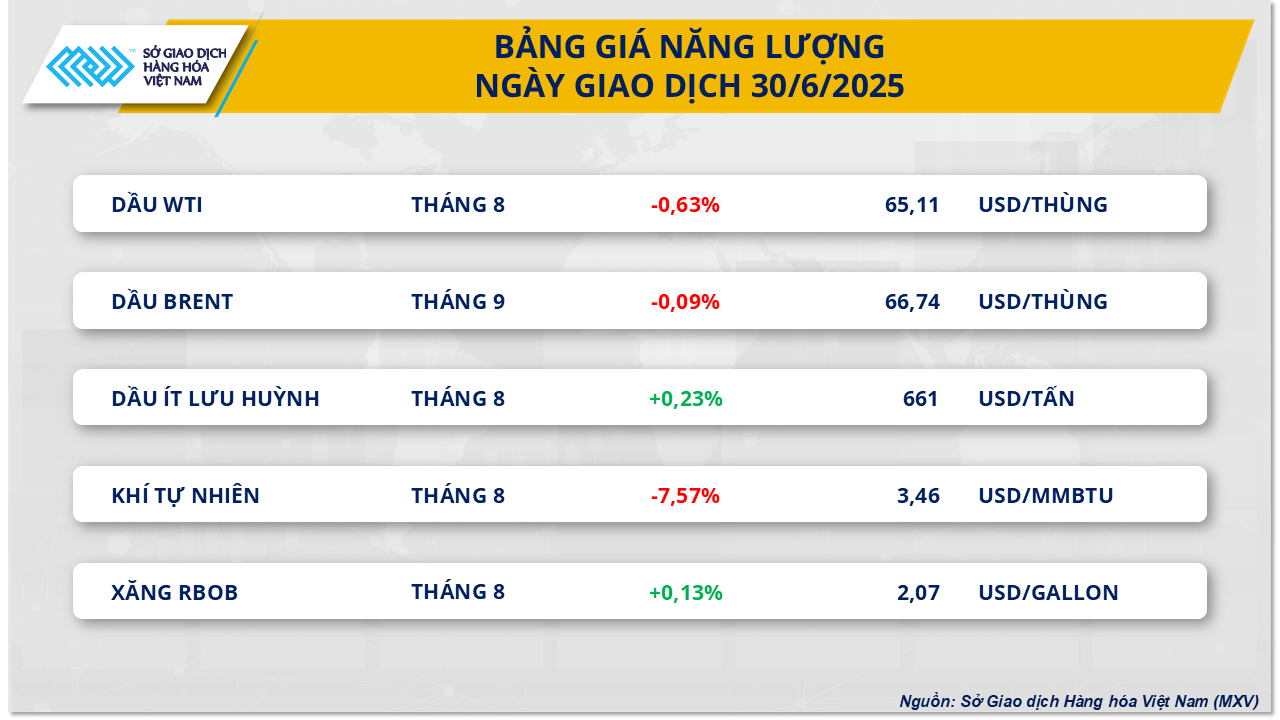
In addition, supply pressure on the market is also increasing from the US. According to the latest report of the US Energy Information Administration (EIA) released yesterday, US crude oil production in April reached 13.47 million barrels/day, an increase of 20,000 barrels/day compared to the previous month.
On the other hand, the decline in oil prices was somewhat restrained by positive signals from China's macro economy . According to data just released by the National Bureau of Statistics of China, PMI indexes in June all recorded slight increases, thereby strengthening the prospect of recovering energy demand in the world's second largest economy.
Meanwhile, natural gas was the commodity that recorded the sharpest decline in yesterday's trading session. The price of natural gas contracts listed on the NYMEX for August contracts plunged 7.57% to $3.46/MMBtu. The downward pressure on prices mainly came from the continuous increase in inventories in the US since March, along with the prospect of weaker electricity demand due to forecasts of cooler weather in the coming time, leading to a decrease in input demand for power plants.
Regarding the industrial raw material group, according to MXV, the market did not escape the general trend when 7 out of 9 items closed in red. Notably, the prices of two sugar products both fell sharply. Specifically, the price of raw sugar 11 hit its lowest level in more than 4 years when it lost 3.05% to 357 USD/ton, while the price of white sugar also recorded a decrease of 2.43%, to 473 USD/ton.
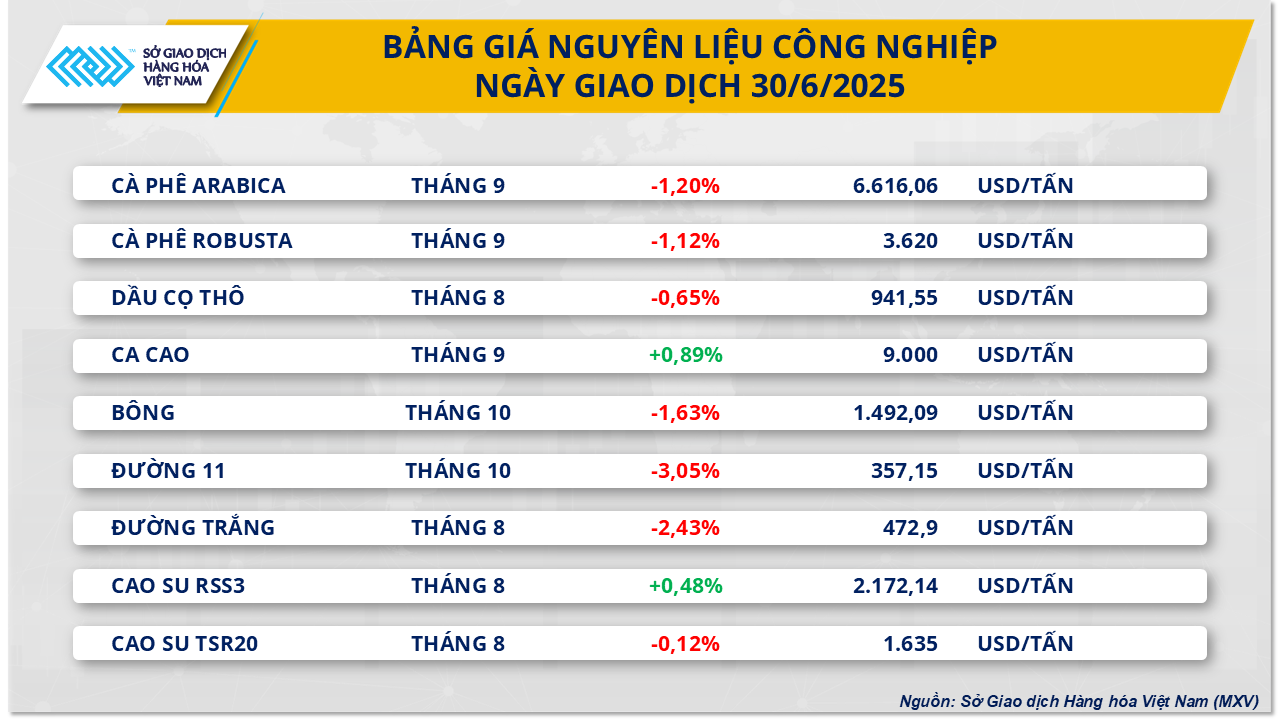
MXV believes that the supply surplus will continue to put strong pressure on international sugar prices. According to the latest forecast from CZ Insight, global sugar production in the 2025-2026 crop year is expected to reach 185.9 million tons, up 5.3% from the previous crop year and the second highest level on record. Meanwhile, global sugar consumption is forecast to decrease by 1.1 million tons, causing a supply-demand surplus of up to 7.5 million tons - the largest surplus since the 2017-2018 crop year.
The report also said that sugarcane-producing countries in the southern hemisphere are currently entering a peak growth period, with favorable weather conditions, especially abundant rainfall, playing a key role in helping sugarcane grow and achieve high yields. Notably, India's sugar production this year is expected to recover strongly thanks to the early arrival of the monsoon, ensuring water supply for the country's key sugarcane growing regions.
According to the India Meteorological Department, rainfall across the country was 9% above the long-term average in June as the monsoon arrived earlier than expected and covered the entire country. The central and northwestern regions in particular recorded above-average rainfall, while the northeast recorded below-average rainfall. Notably, the monsoon blanketed the entire country last Sunday, nine days earlier than usual.
Meanwhile, according to data from Brazil’s Foreign Trade Agency (Secex), sugar exports in June reached 2.1 million tons, down 34.3% year-on-year. However, sugar supply to the market in the last two months (May and June) has improved compared to the first four months of the year, thanks to Brazil entering the peak of the sugarcane harvest. Notably, Brazil’s sugar export prices have continued to decline since the beginning of the year.
Regarding the crop situation, sugarcane production in Brazil has recorded a decrease of 9% to 10%, with the decline reaching 12% in the northern regions of São Paulo state, the country's largest sugarcane growing region. The main reason is that recent severe frosts have negatively affected productivity in key production areas.
Source: https://baolamdong.vn/thi-truong-hang-hoa-1-7-sac-do-tiep-tuc-chiem-ap-dao-tren-bang-gia-290709.html













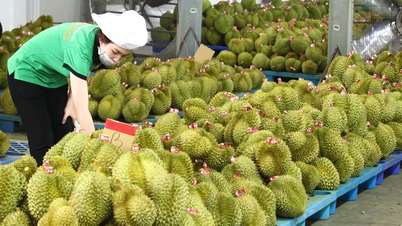






































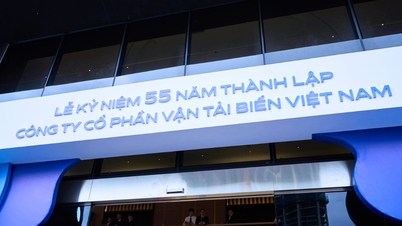










![[Photo] General Secretary To Lam attends the launch of 3 digital platforms serving the implementation of Resolution No. 57-NQ/TW](https://vphoto.vietnam.vn/thumb/402x226/vietnam/resource/IMAGE/2025/7/2/d7fb7a42b2c74ffbb1da1124c24d41d3)


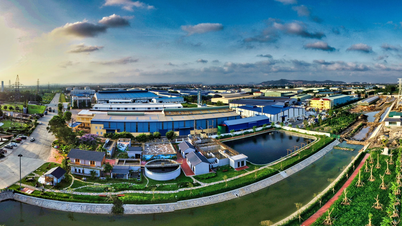

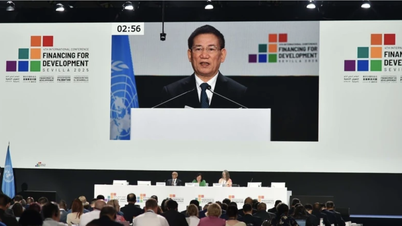










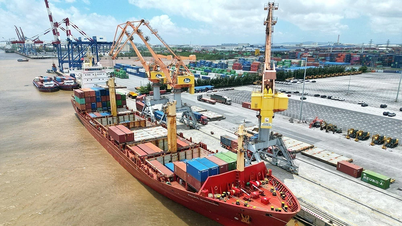














Comment (0)